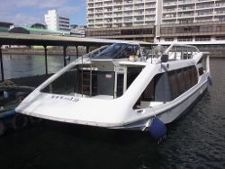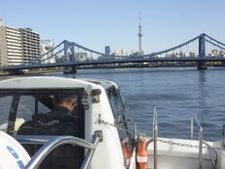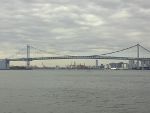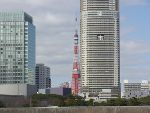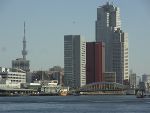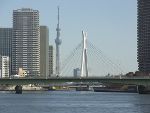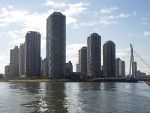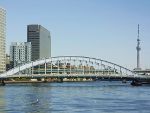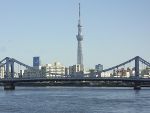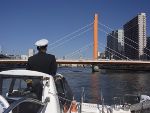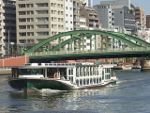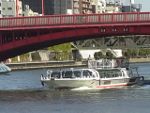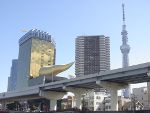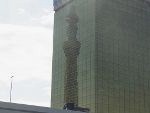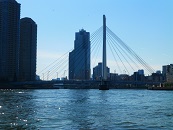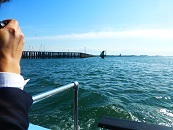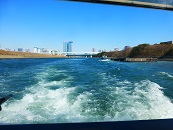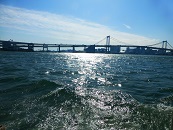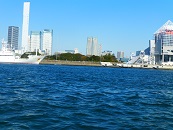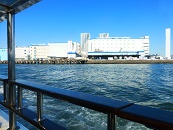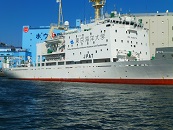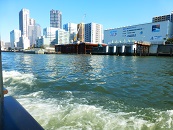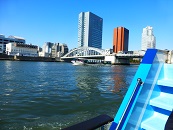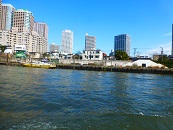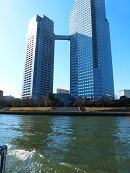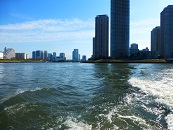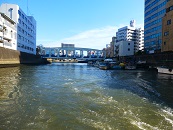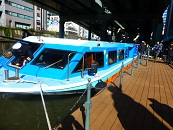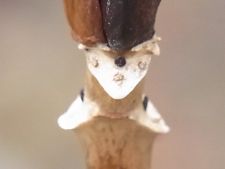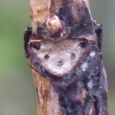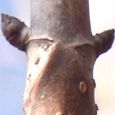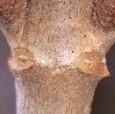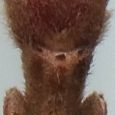<Asashio Canal Ship landing & SSIII> <SSIII Deck to Kiyosubashi & Tokyo Sky Tree>
On March 15 (Saturday), we participated in the "Sumida River Tour Boat Tour" hosted by the River Section of Chuo-ku Water and Green Division.
"Let's experience the scenery of the Shinsui-Koen Park and Sumida River in the ward from the boat," a tour of the Sumida River takes about two hours to the area around the Tokyo Sky Tree starting from the morning tide canal boat landing (3-1 Harumi).
At 9:15 Tokyo Bay cruising: Boarded Ess III (capacity: 60 people) (first flight) and departed from the morning tide canal boat landing.
The course is Asashio Kobashi ~ (tentative name) Asashio Canal Bridge ~ Kachidokibashi ~ Tsukuda-ohashi Bridge ~ Chuo-ohashi Bridge ~ Eitai Bridge ~ Eitai Bridge ~ Sumida River Ohashi ~ Kiyosu Bridge ~ Shinohashi ~ Metropolitan Expressway Route 6.7 ~ Ryogoku Bridge ~ JR Aioi Bridge ~ Kuramae Bridge ~ Umaya Bridge ~
There were times when the city and the waterside were separated due to the decline of boat transportation, flood control, and the improvement of function priority during the high growth period, but in recent years the natural environment of the waterside and the function as a hydrophilic space have been re-examined, and the terrace maintenance has been carried out.
Currently, the waterside terrace is equipped with terrace flower beds, dog run terraces, terrace galleries, disaster prevention docks, etc. There are also stylish open cafes that apply the revised "River Site Permit Regulations" to the view point of view of Sumida Park, where the namako wall style seawall was located.
If you think about the historical sites scattered in the surrounding area, you will see the remnants of the downtown atmosphere that still drifts in your mind, but you will be fascinated by the lively town where old and new intersect and transform every moment.
In addition, the scenic view where the Tokyo Sky Tree fits just behind the middle of Kiyosu Bridge, an elegant suspension bridge that is described as feminine, which is unique to the ship, and when passing through Asashiobashi and Harutsuki Bridge with low bridge girders, passengers on the deck on the second floor experienced a thrilling scene that warned, "Please bow your head."
Unfortunately, it did not coincide with the flowering time of Yoshino cherry tree, but we were able to enjoy bridges of various types and colors and changes in the coastal scenery from a different perspective, so we had a fulfilling weekend time.
Thank you very much to everyone involved.
<Rainbow Bridge> <Hamarikyu Garden & Tokyo Tower> <Kachidokibashi & Tokyo Sky Tree>
<Chuo-ohashi Bridge & Tokyo Sky Tree> <Tsukuda River City 21> <Eitai Bridge & Tokyo Sky Tree>
<Kiyosubashi & Tokyo Sky Tree> <Shinohashi> <Umaya Bridge & Water Bus "Doi">
<Azuma-bashi Bridge & Water Bus "Sakura"> <Tokyo Sky Tree> <Tokyo Sky Tree reflected on the wall of the building>
